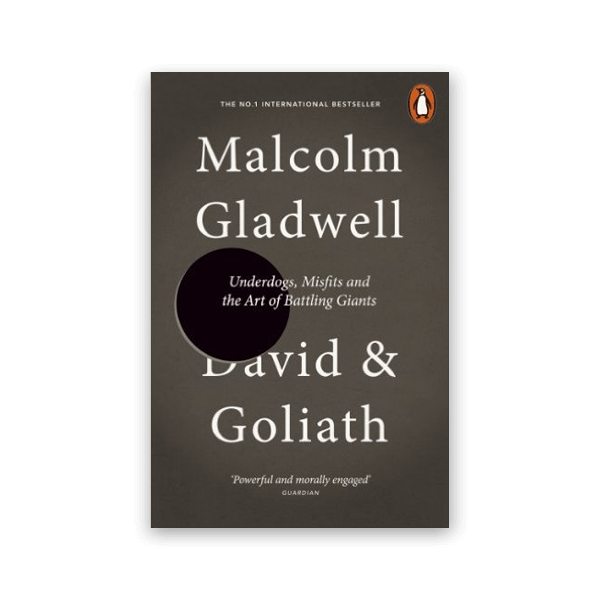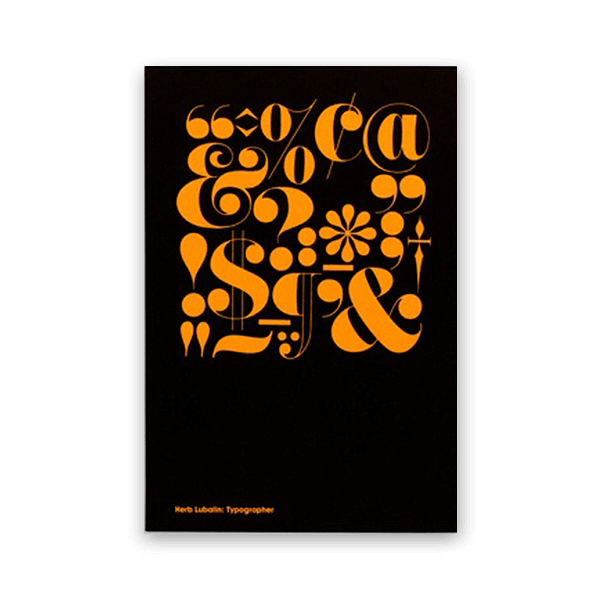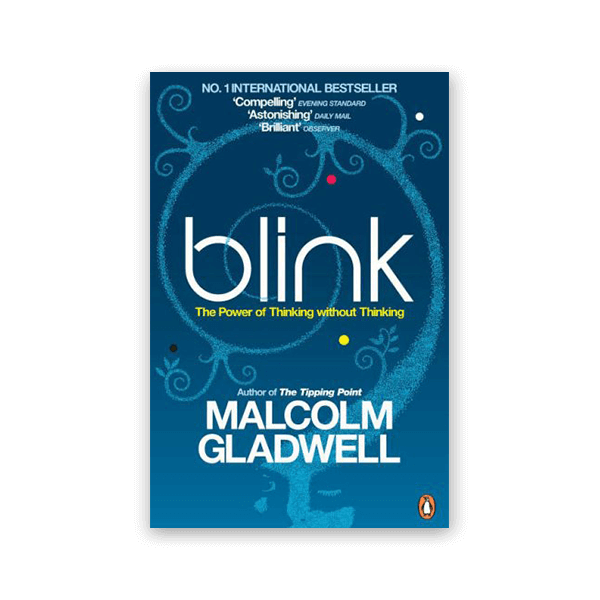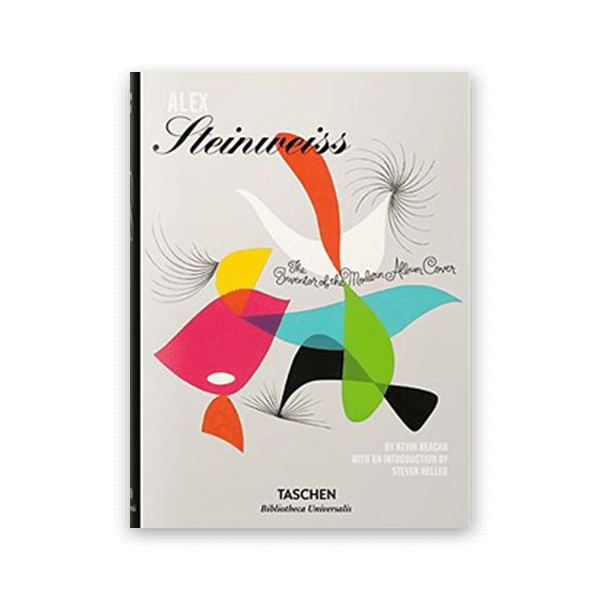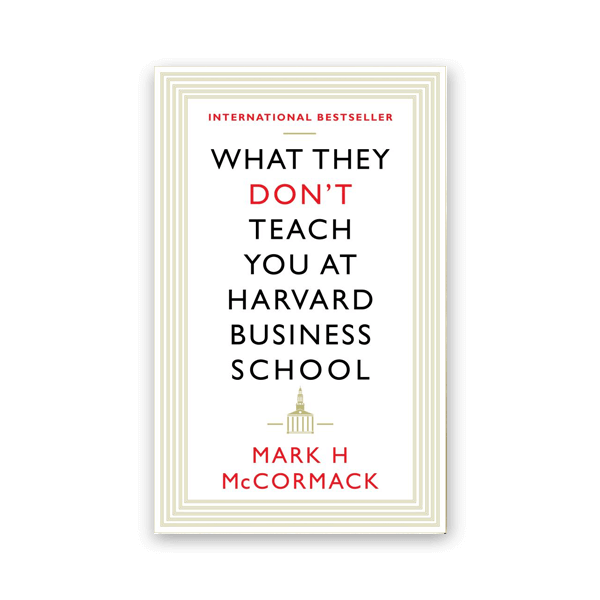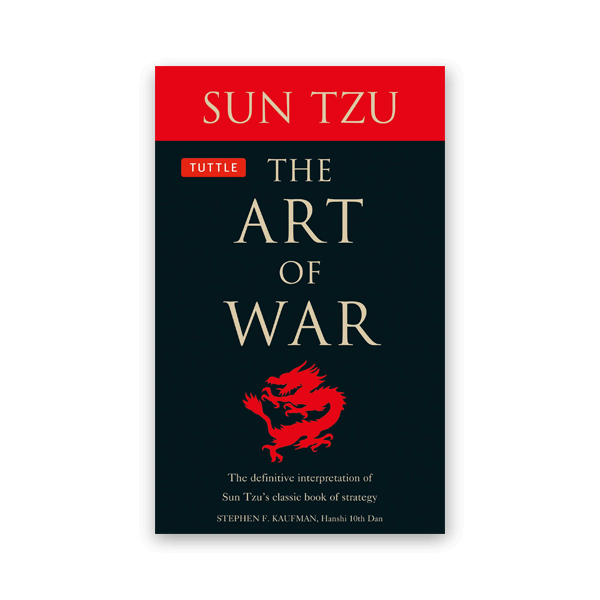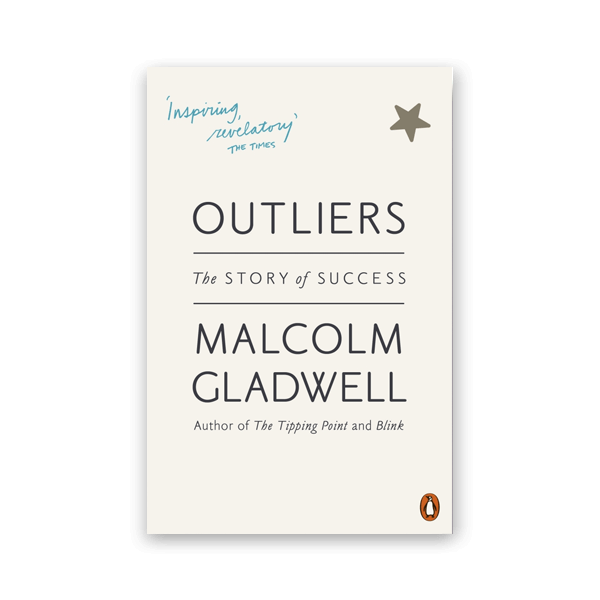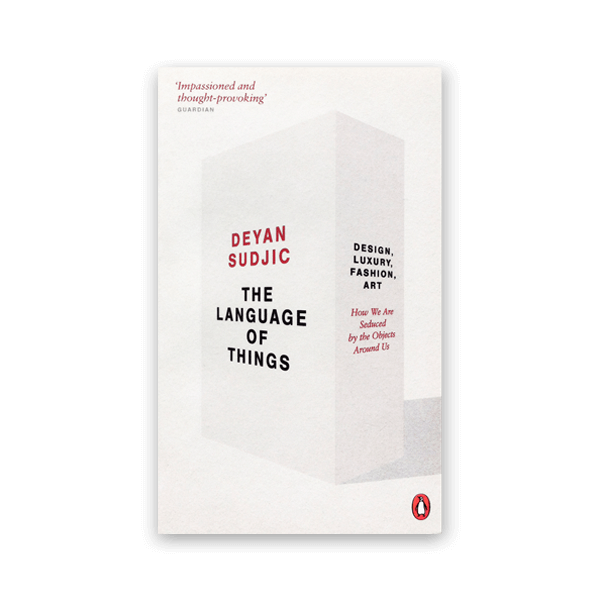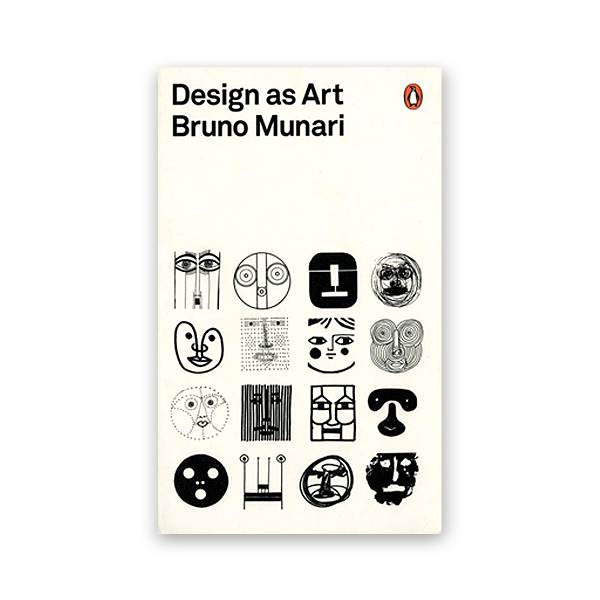I know, I know... it's the third Gladwell's book that I'm reviewing, but I can't help myself. They're just so easy to read and feed you with so much relevant information to better understand how we perceive people and society that every time I start one of his books I feel that everybody should be aware of the things is talking about.
In this one, David and Goliath: underdogs, misfits, and the art of battling giants, Gladwell addresses how disadvantages can actually bring better outputs than when you think you have everything you need to accomplish your goals. Needless to say, that his first story is about David and Goliath and what made David the winner in this, apparently, uneven battle. Gladwell has the great habit of giving you inputs and knowledge through stories, and from story to story, he keeps adding up and referencing back what we've learned until that point of the book. That makes incredibly easy to understand the different points of view about a story that you know. This book made think about decisions I've made so far and situations that I felt were not worth to try, simply because I put the pressure of thinking that I was not able enough to do something.
There will always be someone with better skills than you, but that doesn't mean that you can't be better than him. It's about knowing how to do something out of nothing and many times, how to use creativity in order to solve a problem through the lack of assets.
Making something out of nothing seems impossible, but it can actually achieve better results than what you think.
